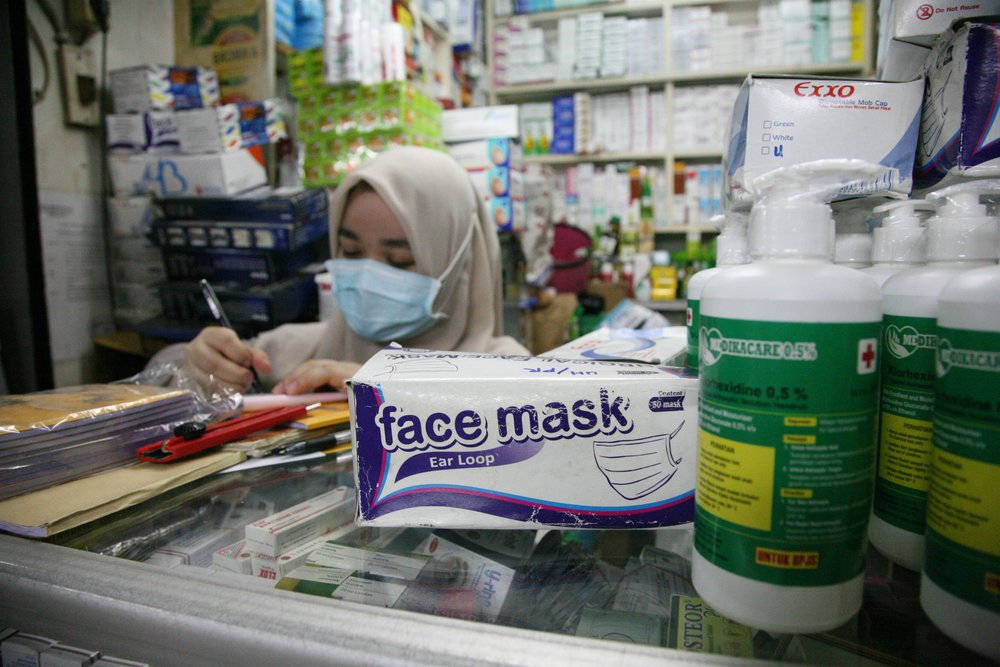Global economic impact of COVID-19 $77 bln to $347 bln – Asian Development Bank
The Asian Development Bank on Friday (Mar 6) released a new study that said the economic impact of the COVID-19 could range from $77 billion to $ $347 billion.
“The range of scenarios explored in this brief suggest a global impact of $77 billion to $347 billion or 0.1% to 0.4% of global GDP, with a moderate case estimate of $156 billion or 0.2% of global GDP,” said the Manila-headquartered multilateral.
China accounts for roughly two-thirds of the global impact.
The magnitude of the economic impact of the outbreak will depend on how it evolves, which remains highly uncertain, and the ADB will review its scenarios especially if the outbreak expands significantly into a global pandemic, it said.
The virus outbreak affects China and other developing Asian economies through numerous channels, said the ADB, including sharp declines in domestic demand, lower tourism and business travel, trade and production linkages, supply disruptions, and health effects.
| BEST CASE | MODERATE CASE | WORSE CASE |
|
The PRC outbreak is contained relatively quickly, with travel bans and precautionary behavior abating after 2 months (measured from late January, when the outbreak intensified and quarantines as well as travel and other restrictions were imposed); there is a moderate and relatively short-lived decline in the PRC’s consumption growth of 2.75pp in one quarter only, or 0.7pp for the year relative to a no-outbreak scenario (the size of the retail sales growth decline during the quarter of the SARS episode, relative to previous quarters). |
The PRC outbreak is more widespread and lasts longer, with travel bans and precautionary behavior abating only after 3 months; there is a larger decline in the PRC’s consumption growth of 2pp for the year, relative to ano-outbreak scenario. |
The PRC outbreak is even more protracted, with precautionary behavior and restrictive policies remaining in place for 6 months; there is a large decline in both consumption and investment growth in the PRC, with both down by 2pp relative to a no-outbreak scenario. |
| Source: Asian Development Bank Brief No. 128 Mar 6, 2020 | ||
ADB expects tourism arrivals and receipts in many developing Asian economies to decline sharply, as a result of numerous travel bans as well as precautionary behaviours.
“One of the most significant travel bans is the one imposed by the PRC itself. On 24 January 2020, the Government of the PRC imposed a travel ban on all outbound tourism by tour groups. This ban, which remains in effect, affects 55% of the PRC’s total outbound tourism,” wrote the ADB.
MUSLIM-MAJORITY COUNTRIES IMPACT
Key Islamic economies in the Asian region under the ADB’s remit include Indonesia and Malaysia.
Indonesia’s tourism revenues could be hit by $1.73 billion under the best case scenario, $2.16 billion for the moderate case and up to $3.43 billion as a worse case.
In February, Indonesia’s minister of tourism estimated the virus outbreak could cost the country $2.8 billion in foreign exchange earnings, based on 2 million China nationals visiting Indonesia in 2019.
Malaysia could be hit by $584.3 million to $762 million to $1.3 billion.
16% of Indonesia’s tourist arrivals were from China in 2018, said the ADB citing World Tourism Organisation data. The number was 11% for Malaysia.
95,333 confirmed cases of COVID-19 were reported as of Mar 5, according to the WHO. The majority of those – 80,565, are in China.
Among Muslim-majority countries, WHO data includes two confirmed cases in Indonesia, 50 in Malaysia, 2,922 in Iran, 58 in Kuwait, 49 in Bahrain, 36 in Iraq, 27 in the UAE, and 2 in Saudi Arabia.
Saudi Arabia on Feb 27 took the precautionary measure of temporarily suspending all entries for umrah and on Mar 4 the Kingdom extended that ban to its own citizens and residents.
© SalaamGateway.com 2020 All Rights Reserved
